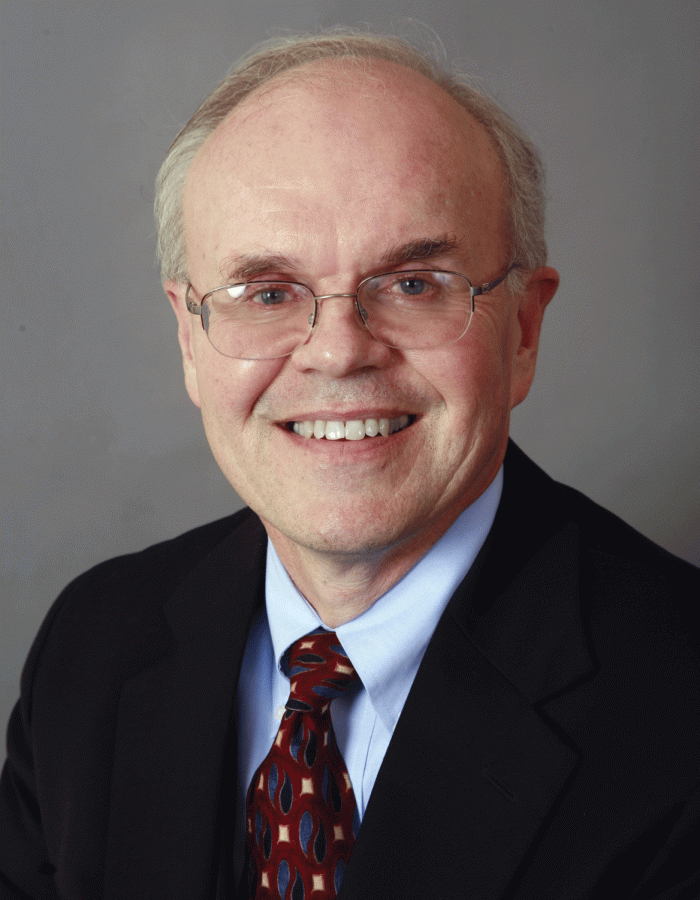Alumni Council Spotlight: 50 Years Ago, Colgate Jan Plan Changed My Life
During my time at Colgate, January was a special interval between semesters. Each student selected a university-approved project, or a “Jan Plan,” and spent the month doing course work, research, volunteer activities or travel exploration.
In January of 1969, then-Reverend William Cuddy, Newman chaplain, sponsored an opportunity for 12 students to work in the inner city of Syracuse, New York while living in the rectory of St. Lucy’s parish. My time was taken up primarily with volunteer work in the inner city at a neighborhood center and at a Montessori school.
Our Jan Plan unfolded at a time when the United States was embroiled in the Vietnam War. We had over 500,000 troops there and were losing hundreds of young men each month. Although full-time students had deferments, the Selective Service System was drafting men aged 18-26 without deferments into military service. Each Colgate student faced the question of the draft once college ended.
In Syracuse, whenever I was not doing my volunteer work, I was having serious discussions about Vietnam with fellow students and the priests who lived at the rectory, many of whom were involved in the peace movement. As a result of those discussions, I began to question whether as a Catholic I could participate in the Vietnam War.
After a year of reading books such as “Faith and Violence” by Thomas Merton, a Roman Catholic Trappist priest, discussing my beliefs with others and much soul- searching, I made the decision to apply for conscientious objector status under the Selective Service System. In order to become a conscientious objector, one had to oppose participation in any war based upon your belief in God.
During my senior year, I filed an application with my draft board for such status and asked priests involved in the Jan Plan as well as a Colgate professor for letters of reference to vouch for my sincere beliefs. After appearing before my draft board for a required interview, I was granted conscientious objector status. I was required to perform two years of alternative service contributing to the maintenance of the national health, safety or interest. I fulfilled this requirement by working as a child care worker at the Astor Home for children in Rhinebeck, NY.
My alternative service involved working with emotionally disturbed children aged six through 12 primarily from the poor areas of New York City. This experience thereafter greatly influenced my attitude toward troubled children and their families. At the Astor Home, I met many interesting people, including Kathleen Cummings, my wife of 46 years, who also worked there. (Footnote: Kathleen and I were married at the Chapel House at Colgate and had our reception at the Colgate Inn).
So, 50 years later, I can say without overstatement that my Colgate January, 1969 Jan Plan changed my life.





